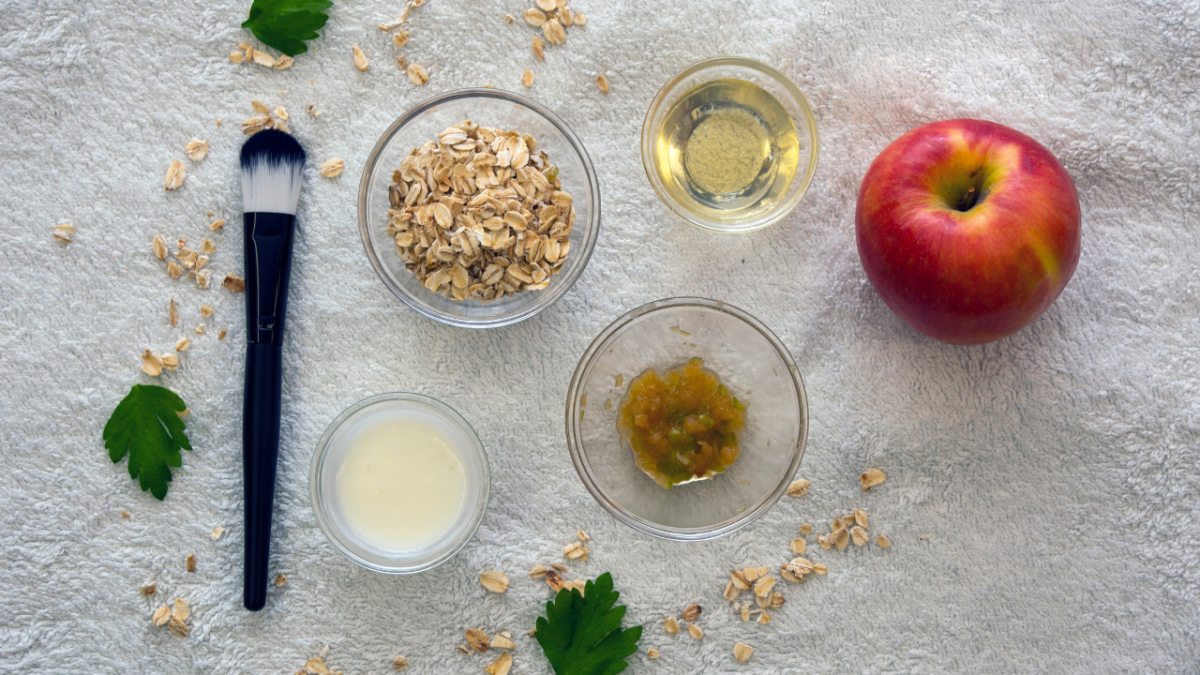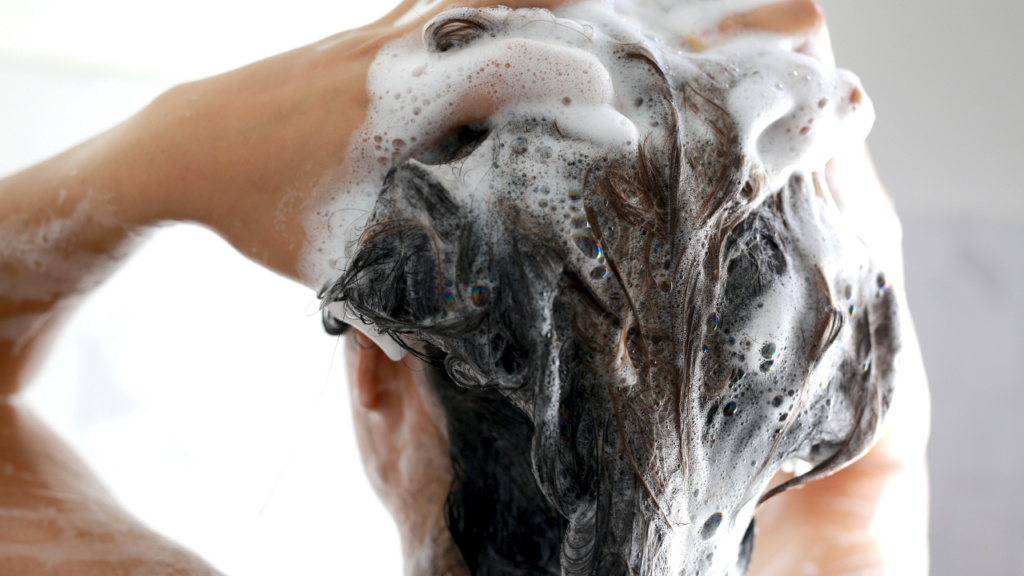5 Homemade Shampoo for Hair Regrowth: Recipes & Tips

Creating your own shampoo at home can be a fun and natural way to take care of your hair. While there isn’t extensive research on homemade shampoos, some ingredients have been shown to benefit hair health. Here are a few DIY shampoo recipes and tips to help you get started.
1. Green Tea and Honey Boost Shampoo
This recipe is great for promoting hair growth and fighting dandruff. Green tea can help reduce dandruff, which can cause hair loss, and honey is an excellent moisturizer for dry hair.
Ingredients:
- 2 tbsp. honey
- 1 tsp. olive oil
- ½ cup green tea
- ¼ cup castile soap
- 1 tsp. lime juice or aloe vera
- 5–10 drops of peppermint and lavender essential oils
Directions:
- Brew green tea from leaves or tea bags.
- Combine the green tea with the other ingredients and mix well.
For those dealing with dandruff, it’s important to be cautious with homemade shampoos. Ingredients like olive oil can sometimes worsen dandruff.
2. CocoMint Herbal Bliss Shampoo
Experience the refreshing and nourishing benefits of CocoMint Herbal Bliss Shampoo. Made with natural ingredients like coconut milk, castile soap, and a blend of essential oils, this DIY shampoo promotes healthy hair growth while soothing your scalp.
Ingredients
- 2/3 Cup Coconut Milk
- 2/3 Cup Castile Liquid Soap
- 1 Tablespoon Vitamin E Oil
- 1 Tablespoon Olive Oil
- 10 Drops Rosemary Essential Oil
- 10 Drops Lavender Essential Oil
- 10 Drops Tea Tree Essential Oil
Directions:
- Combine all the ingredients in a bottle.
- Shake bottle well to mix ingredients.
- Massage product gently into scalp.
- Leave in hair for at least 5 minutes then rinse well.
- Use daily for shampooing hair.
3. Carrot and Maple Shampoo
This recipe leverages the benefits of carrot seed oil, which has antifungal properties and stimulates hair growth, and maple syrup, which has antibacterial properties and nourishes hair.
Ingredients:
- 15 drops carrot seed essential oil
- 15 drops castor oil
- 3 tbsp. maple syrup
- ½ cup castile soap
Directions:
- Combine all ingredients until smooth.
4. Herb & Silk Natural Shampoo
Herb & Silk Natural Shampoo features coconut milk for moisturizing, castile soap for gentle cleansing, and optional olive oil for dry hair. Essential oils like lavender, rosemary, ylang-ylang, and tea tree offer soothing, antimicrobial, and conditioning benefits, promoting overall scalp health and hair growth.

Ingredients:
- ¼ cup Coconut Milk (Can be replaced with water)
- ¼ cup Castile Soap
- ½ teaspoon Virgin Olive Oil (optional, for dry hair)
- 10 drops Lavender Essential Oil
- 10 drops Rosemary Essential Oil
- 10 drops Ylang-ylang Essential Oil
- 10 drops Tea Tree Oil
Directions:
- In a container, mix ¼ cup of coconut milk and ¼ cup of castile soap until smooth.
- Add ½ teaspoon of virgin olive oil if you have dry hair (skip if your hair is greasy).
- Thoroughly mix the ingredients, then transfer the mixture into a shampoo container.
- Add 10 drops each of lavender, ylang-ylang, rosemary, and tea tree essential oils to the container.
- Mix the solution well.
5. Aloe Vera Shampoo
Perfect for dry and brittle hair, this aloe vera recipe helps balance the scalp’s pH level and soothes irritation with almond oil.
Ingredients:
- ½ cup castile soap
- ½ cup water
- ⅓ cup aloe vera
- 4 tbsp. almond oil
Directions:
- Combine all ingredients and mix well.
Safety Tips
Switching to homemade shampoo can be beneficial, but there are a few things to keep in mind:
- Adjustment Period: Your hair might take some time to adjust to the new ingredients. Be patient and give it time.
- Hair and Scalp Conditions: If you have existing hair or scalp issues, consult a dermatologist before making changes to your routine. Homemade shampoos might not be formulated by experts, so they could unintentionally cause harm.
- pH Levels: Be cautious of the pH level in your DIY shampoos. Ingredients like castile soap have a high pH and might not be suitable for color-treated hair or conditions like seborrheic dermatitis.
Patch Test
Before using any new ingredient, do a patch test on your inner arm. If there’s no reaction, it’s likely safe for you to use.
Takeaway

Making homemade shampoo can be simple, cost-effective, and beneficial for your hair. However, the evidence supporting DIY shampoos is mostly anecdotal. Always consult with your dermatologist if you have any concerns or pre-existing conditions. With the right approach, you can enjoy the natural benefits of homemade hair care.
